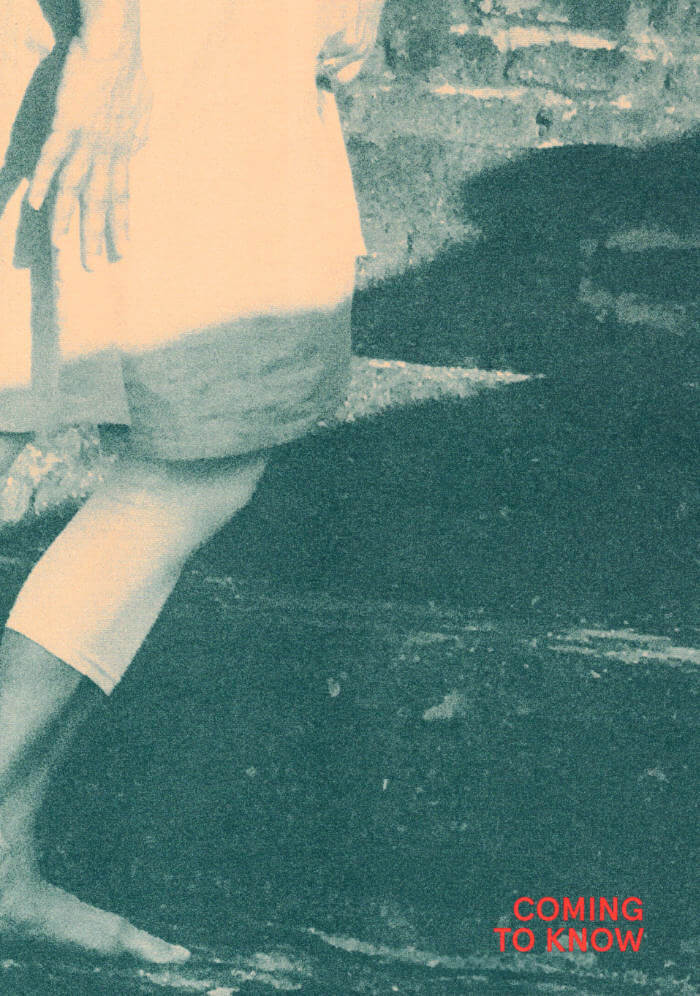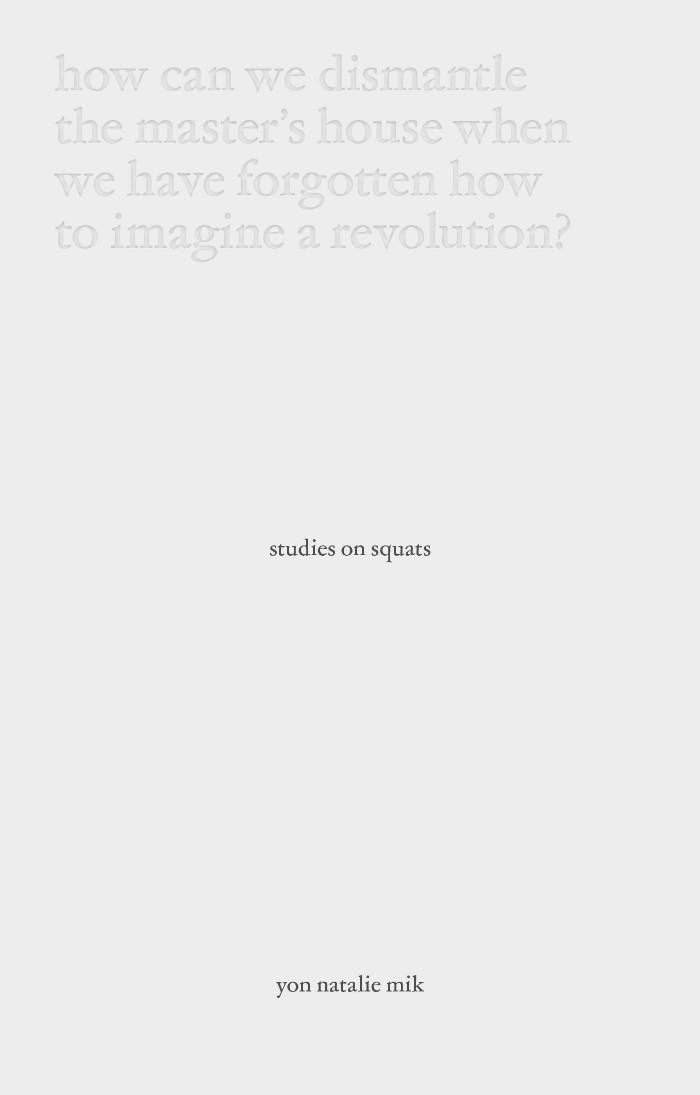
An Archaeology of Listening – Coming to Know
Brooke Holmes ed., Nida Ghouse ed.
Premodern acoustic traces as the basis for new communities of thought in the present (a project responding to the work of the self-taught acoustic archaeologist Umashankar Manthravadi).
Coming to Know asks how listening to the past together might transform our sense of the knowledge held in common. It sets aside the visual techniques of the archaeological site, the museum, and the larger project of colonial modernity, and instead constitutes itself as a resonant structure—a future-oriented monument to historically situated listening bodies as well as a dwelling place for community now.
This book was conceived in relation to the programme Coming to Know, accompanying the exhibition A Slightly Curving Place at Haus der Kulturen der Welt in Berlin in 2020. It is the second in a series of volumes titled An Archaeology of Listening.
Contributions by Tanvi Solanki, Mark Payne, Annie Goh, Uzma Z. Rizvi, Annette Wilke, Andrew Ollett, Anurima Banerji, Tapati Guha-Thakurta, Phiroze Vasunia...







